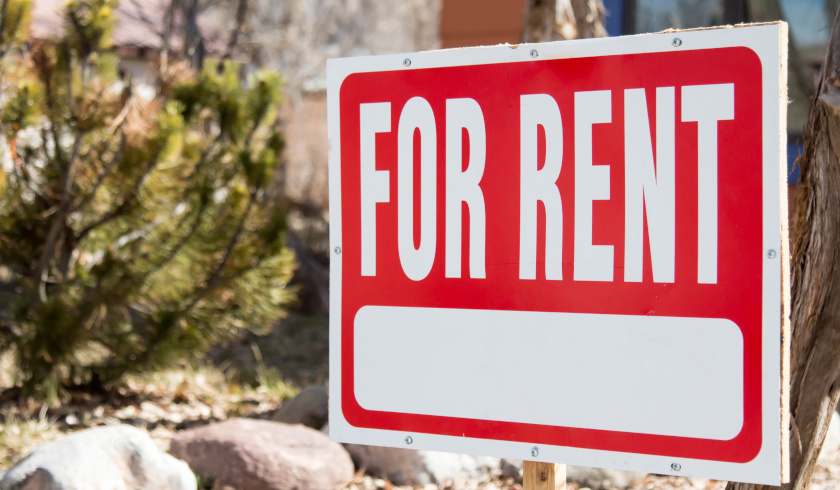How rents have performed for investors so far this year
Weekly rents across the country have increased, with all but three capital cities recording rises, new research has found.

According to the CoreLogic Quarterly Rental Review for the June quarter of 2019, weekly rents across Australia saw an increase of 0.3 of a percentage point to a median rent of $438 per week and a yield of 4.1 per cent.
CoreLogic data shows this quarter’s rent growth slower than last quarter’s 1 per cent but is level with the same quarter last year.
In the combined capital cities, there was a rise of 0.1 of a percentage point for the quarter but is down by 1 per cent for this time last year, with yields for all of the capital cities sitting at 3.5 per cent.
Hobart experienced the largest weekly rent growth at 1.1 per cent up to $457 per week.
Following this was Perth with 0.7 of a percentage point up to $389 per week, then Melbourne with 0.5 of a percentage point to $458 per week, Adelaide with 0.4 of a percentage point to $386 per week and then Brisbane with 0.3 of a percentage point to $435 per week.
Meanwhile, Canberra experienced the largest weekly rent loss for the quarter, declining 0.9 of a percentage point down to $459 per week.
Following this was Sydney and Darwin, both with a decline of 0.3 of a percentage point down to $580 per week and $456, respectively. Despite Sydney’s decline, it is still the capital city with the highest median rent.
Although Darwin experienced weekly rental loss, it currently holds the highest yields of all the capital cities at 6 per cent. Following this was Hobart with 5.2 per cent, then Canberra with 4.8 per cent, Brisbane with 4.6 per cent, Adelaide with 4.5 per cent, Perth with 4.3 per cent, Melbourne with 3.7 per cent and Sydney with 3.5 per cent.
The combined regional figures saw strong performance for the quarter, rising 0.7 of a percentage point up to $380 per week and has yields of 5.1 per cent.
Cameron Kusher, research analyst at CoreLogic, said that while the rental market is mixed, movements in Sydney and Melbourne to a lesser extent are more influential than the other capital city’s when it comes to rental trends.
“Overall, the rental market remains quite mixed; however, it is clear that Sydney accounts for a large share of overall renters with annual falls in Sydney leading to a fall in the combined capital city index,” Mr Kusher said.
“Sydney and Melbourne continue to experience the impact of heightened demand from investors over recent years, along with a substantial ramp-up in new housing (largely apartment) supply, much of which was purchased by investors.”
He also said that Hobart’s 1.1 per cent growth for the quarter was representative of how much the rental market in the southern-most state has evolved.
“For many years, Hobart has been the most affordable rental market; however, the rapid growth in rents over recent years has seen it become more expensive than Brisbane, Adelaide, Perth and Darwin and on par with the cost of renting in Melbourne,” Mr Kusher said.
Coming on other trends, the research analyst identified that Darwin rents have been falling for many years, and this latest quarter was no exception, while Brisbane and Perth have managed to turn their rental markets around.
“The past year has seen a change of direction for both the Brisbane and Perth rental markets – following a number of years of declines, rents are now climbing again,” Mr Kusher concluded.
